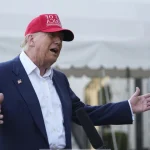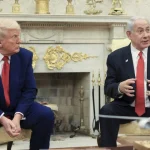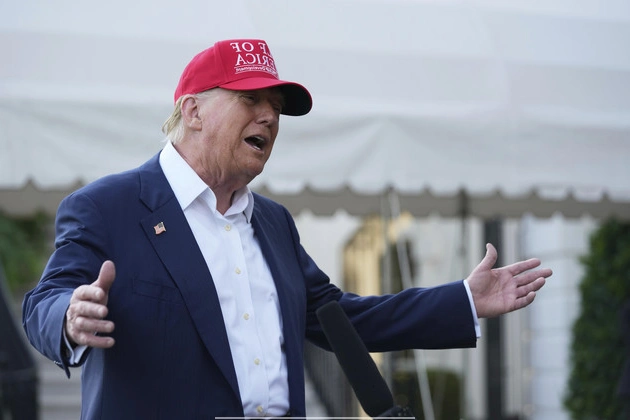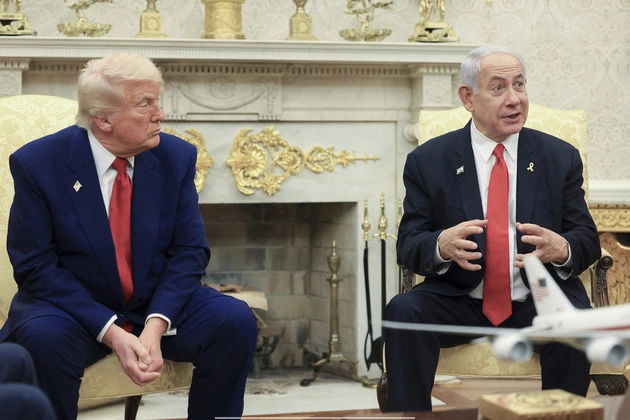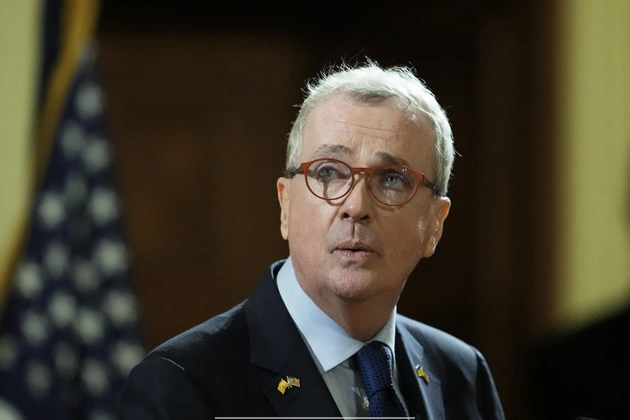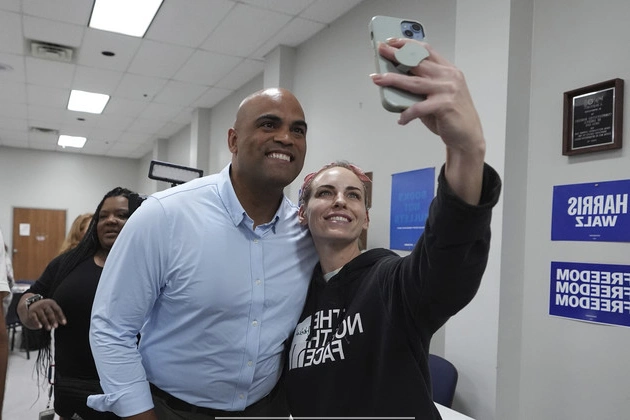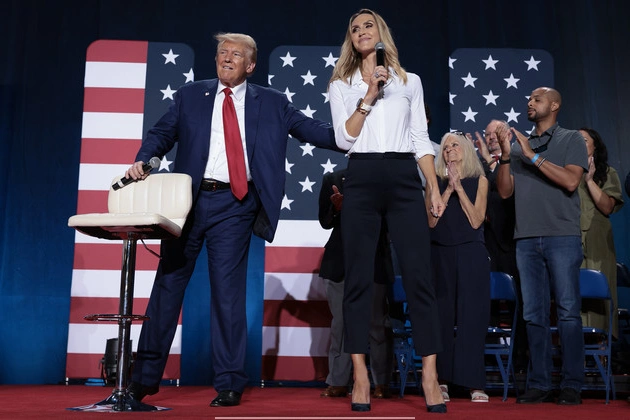
Recent reports have caused a stir among U.S. diplomats regarding a purported draft executive order that could revolutionize the State Department, triggering fears of significant job cuts and organizational restructuring.
Secretary of State Marco Rubio has dismissed the document as ‘fake news,’ but the anxiety it has sparked underscores the concerns surrounding the Trump administration’s plans for the State Department in the name of efficiency.
The Draft Executive Order: What’s Inside?
The leaked document proposes the elimination of numerous traditional State Department offices and bureaus, along with a complete overhaul of Foreign Service postings. Notable changes include the potential closure of the regional bureau for Africa and a reduction in diplomatic presence in Canada.
While some officials have verified the existence of the document circulating within the department, its authenticity and connection to the final reorganization plan remain uncertain. The contents were initially reported by the New York Times.
State Department’s Response
A State Department spokesperson has categorically labeled the draft as ‘fake,’ emphasizing the administration’s commitment to announce its official reorganization plans imminently.
The rapid dissemination of the document among diplomats over the weekend, whether legitimate or not, reflects the heightened apprehension within the State Department amidst the administration’s push to streamline governmental operations.
Public Perplexity and Controversy
Some diplomats who reviewed the draft expressed bewilderment at its contents. One diplomat described it to POLITICO as ‘bonkers crazypants,’ highlighting the lack of coherence and logic in the proposed changes.
While the document may not represent the final blueprint for the State Department, its departure from the typical executive order format and potential legal conflicts raise doubts about its validity.
Proposed Reforms and Impact
The alleged order suggests significant restructurings, including the establishment of new diplomatic ‘corps’ for Eurasia, the Middle East, Latin America, and the Indo-Pacific. Notably, the plan envisions a drastic shift in U.S. policy towards Africa, potentially outsourcing substantial responsibilities to the White House.
Furthermore, the proposed changes could lead to the closure of ‘non-essential’ embassies and consulates in sub-Saharan Africa by 2025, raising concerns about service disruptions for Americans living abroad.
Challenges and Uncertainties
Despite the ambitious proposals, many aspects of the draft appear impractical and contradistinctive to existing laws governing the State Department’s operations. The absence of concrete plans to address critical services and the potential downsizing of diplomatic efforts with Canada add to the uncertainties surrounding the document.
Future Directions and Controversies
If implemented, the draft order could lead to the dissolution of key bureaus within the State Department, triggering debates about the administration’s long-term vision for diplomacy and international relations.
As the Trump administration signals its intent to reshape the State Department significantly, the proposed reforms continue to spark discussions and concerns among diplomats and experts alike.
